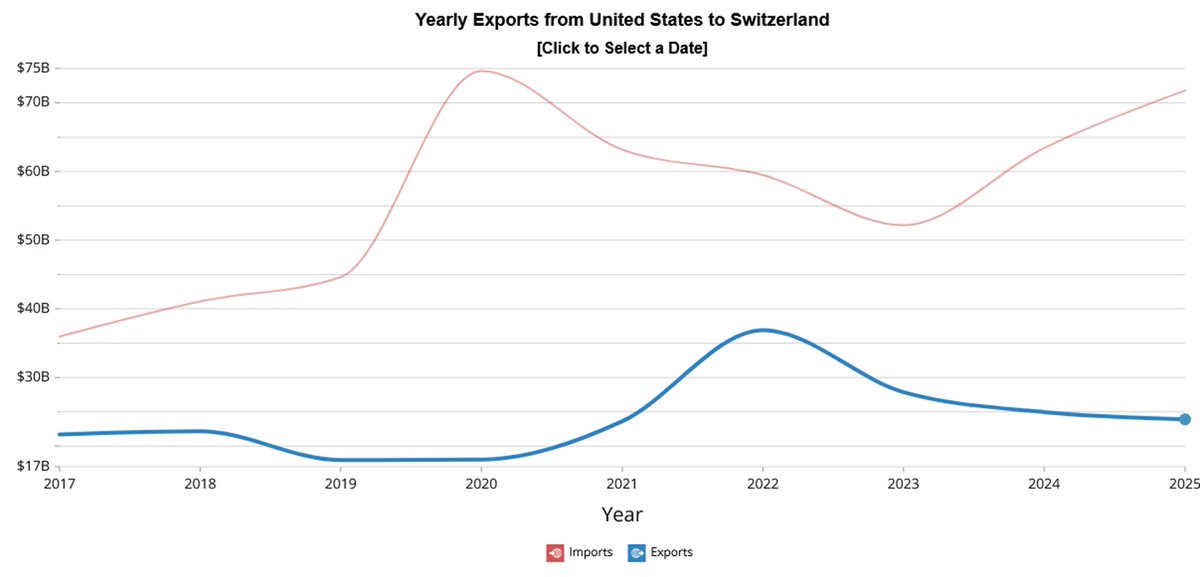Yesterday, @IEA gave a presentation to explain what we already know - we need a LOT of #metals & #minerals to "come clean" and regardless of timing as we are hooked on #oil & #gas for our modern lifestyle. In this thread, I'll share their slides & add some of mine... 

2/ According to the @IEA, an EV requires 6x minerals and metals input of a conventional "Otto engine" car.
@Herbert_Diess #Tesla @elonmusk #oott
@Herbert_Diess #Tesla @elonmusk #oott

3/ That means, to meet climate goals, we will need a LOT of #metals & #minerals such as #lithium (not a big deal), #graphite (hmmm), #cobalt (that will be fun), #nickel (hard, easy one in Russia!), #rareearth (really hard) or #copper (too hard to mention below?)... 

4/ Obviously, metals & minerals will become an increasingly large share of #batteries' cost and other clean energy tech. What the @iea does not mention is that prices will also have to go up significantly, making them an even bigger part of overall cost. Here is why... 

5/ So who mines the mission critical #metals? You guessed it, the EMERGING COUNTRIES mostly. Those countries that make it hard to invest because they have a way to change the rules of the LT investment game...(think taxes; royalties; cash trapping; god forbit - expropriation) 

6/ Having doubts? Think Peru. It mines 12% of global #copper. On June 6th the people of Peru may elect a new president which aims to change the "rules of the game" quite a bit...
https://twitter.com/BurggrabenH/status/1389556944621522949?s=20
7/ Meanwhile, there is a "looming" mismatch between #metals supply and climate ambition (demand). In the case of #copper, it is not so looming!
@HedgeyeTV @KeithMcCullough >> Quad 2 forever!?
@HedgeyeTV @KeithMcCullough >> Quad 2 forever!?

8/ Yet, it is really hard to bring new supply online. I mean much harder than @IEA thinks. It is simply not a question of money but a question of finding the resource, among others (assume 10-15y to bring a mine online)!
@Ian_H_Lundin @IrLundin
@Ian_H_Lundin @IrLundin
https://twitter.com/BurggrabenH/status/1389283736898916354?s=20
9/ Message: Either governments reconsider their climate ambition or they have to get ready for some old-school looting (think catenary; statue; gutters; etc.) as recycling needs to bridge the gap.
@Mike_Taylor1972
@Mike_Taylor1972

• • •
Missing some Tweet in this thread? You can try to
force a refresh



















